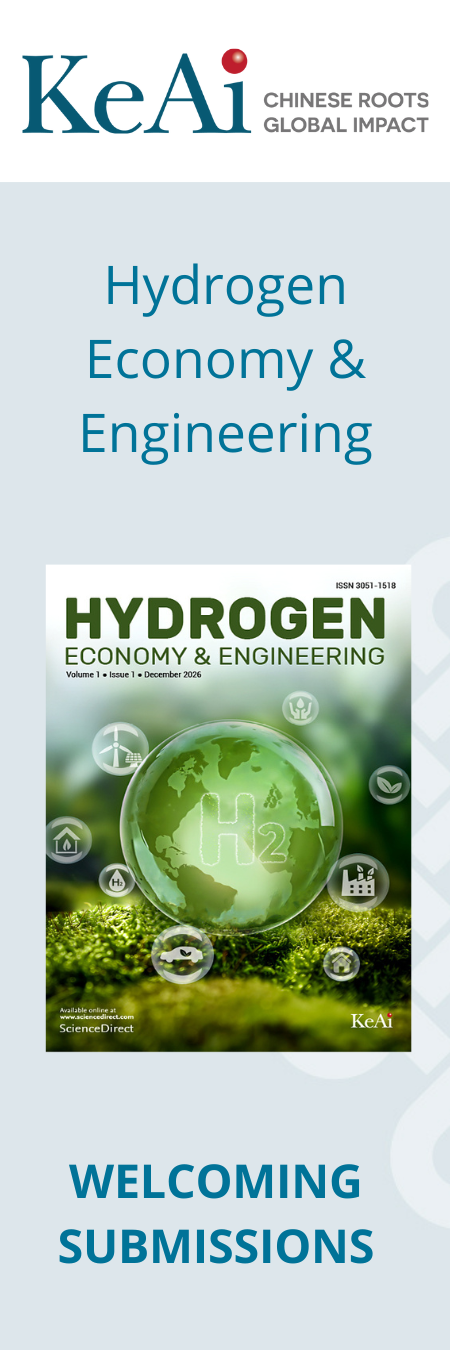High-performance MXene as promising ionic liquid-based supercapacitors
Published 25 October, 2024
There remains an urgent need for efficient energy storage devices to effectively utilize renewable energy and to achieve the sustainable energy goals. Among such devices, supercapacitors (SCs) have been recognized as prospective candidates for high-performance devices owing to their advantages of high-power density, good cycle stability and environmental friendliness. However, compared with batteries, which account for most of the energy market, the unsatisfactory energy density of SCs still limits their applications.
The key to solving this problem is to fabricate redox-type electrode materials that can exhibit high specific capacitance in the electrolytes with a wide electrochemical stable potential window (ESPW). In recent years, there is a surge of studies on synthesizing new electrode materials and electrolytes that exhibit high electrochemical performance in electrolytes with a wide ESPW.
In a new study published in the journal Nature Communication, a group of researchers from the United States and China achieved high-rate performance in an organic electrolyte through the construction of a 3D electrolyte-accessible electrode structure.
The MXene-knotted CNT composite electrodes exhibited a high capacitance of 130 F g−1 in a mixed ionic liquid-based electrolyte with a wide ESPW. Moreover, previous research by Gogotsi, known as “the father of MXene”, has shown that two-dimensional layered MXene with large layer spacing can exhibit intercalation pseudocapacitive properties in ionic liquid electrolytes.
“As such, we hope to develop MXene-based composites with three-dimensional structure and large interlayer spacing for enhancing electrochemical performance of MXene-based supercapacitors in ionic liquid electrolytes,” shares senior and co-corresponding author Jianji Wang.
To achieve this, the researchers strategically selected organic molecules that can be securely anchored on the surface of MXene nanosheets, forming MXene-based composites.
“This approach inhibits the stacking of MXene nanosheets to widen the layer spacing, thus enabling MXene based composites to produce intercalation pseudocapacitance in ionic liquid electrolytes,” adds Wang. “Further, the organic molecule contributes pseudocapacitance by undergoing redox reactions in these electrolytes.”
As a result, the asymmetric supercapacitor based on the DAAQ-M/G negative electrode material exhibits high energy density.
“MXene-based composites modified by organic molecules could be alternative electrode materials for developing excellent energy storage devices,” says Zhang.
The research has now been published in the journal Green Energy Environment.

Contact author: Kelei Zhuo, Collaborative Innovation Center of Henan Province for Green Manufacturing of Fine Chemicals, Key Laboratory of Green Chemical Media and Reactions, Ministry of Education, School of Chemistry and Chemical Engineering, Henan Normal University, Xinxiang, Henan, China, kzhuo@htu.edu.cn
Funder: This work was financially supported by the National Natural Science Foundation of China (Nos. 22173028, 21873026).
Conflict of interest: The authors declare that they have no known competing financial interests or personal relationships that could have appeared to influence the work reported in this paper.
See the article: Li Sun, Kelei Zhuo, Jianji Wang, et al. 2,6-Diaminoanthraquinone modified MXene (Ti3C2Tx)/graphene as the negative electrode materials for ionic liquid-based asymmetric supercapacitors,Green Energy & Environment, 2024 https://doi.org/10.1016/j.gee.2024.08.004.

